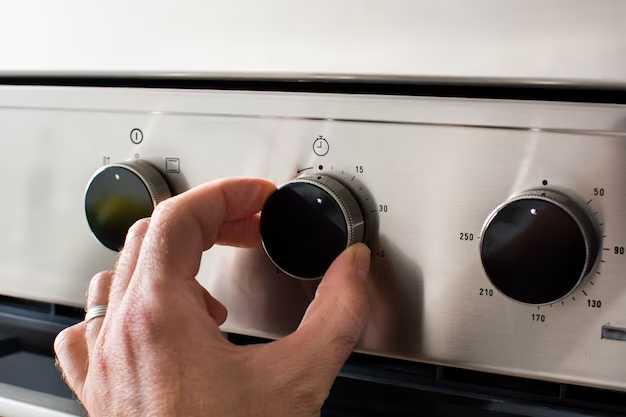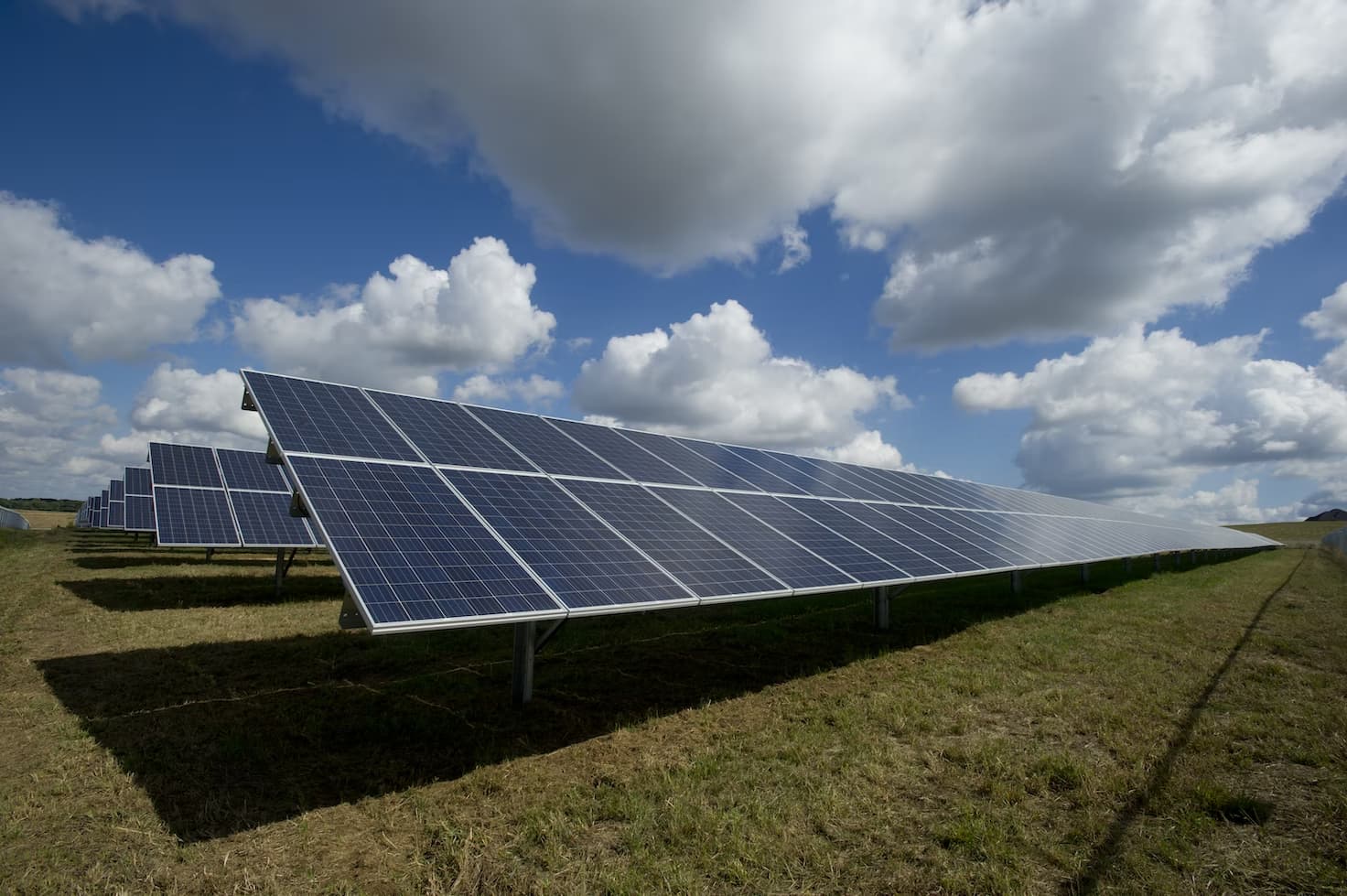Determining whether your oven is gas or electric is more than just trivia—it’s a fundamental element in understanding your kitchen. From the way you cook to maintenance, safety precautions, and operational costs, your oven type affects various aspects of your culinary experience.
Identifying Your Oven Type Based on Physical Characteristics
When trying to determine the type of oven you have based on its physical characteristics, there are distinct features for both gas and electric ovens that can help you easily identify them. Below are the key indicators and differences between the two types of ovens:
Gas Ovens
Gas ovens are easily recognizable by the following features:
- Visible Burners: Gas ovens typically have visible burners either located on top of the stove or inside the oven compartment. When the oven is turned on, you should see a blue flame emanating from these burners. Gas stove tops also usually feature raised burners with grates on top;
- Gas Line Connection: A gas oven requires a connection to your home’s gas line. To supply the oven with natural gas or propane, there should be a flexible metal hose leading from your oven to a gas valve or outlet in your kitchen;
- Ignition Click and Hissing Sound: When you turn on a gas oven or its burners, you’ll typically hear a clicking sound followed by a hissing noise. This sound is produced by the ignition system sparking to light the gas and create the flame.
Electric Ovens
Electric ovens have distinct features that set them apart from gas ovens:
- Coils or Glass Top: Traditional electric ovens are equipped with raised metal coils on the stovetop. These heating elements glow red-hot when they are turned on. However, modern electric ovens may have a smooth ceramic or glass top with hidden heating elements beneath the surface;
- Power Cord: Electric ovens are powered by electricity and require a thick power cord designed to plug into a high-voltage electrical outlet, usually rated at 220-240 volts;
- Silent Operation: Unlike gas ovens, electric ovens operate silently. There is no clicking ignition system or hissing gas sound during operation.
To help you easily differentiate between gas and electric ovens, here’s a table summarizing the key physical characteristics of each type:
| Characteristic | Gas Ovens | Electric Ovens |
|---|---|---|
| Burners | Visible burners emitting blue flames | Raised metal coils or glass/ceramic top with hidden heating elements |
| Energy Source | Connected to the home’s gas line | Powered by electricity from an electrical outlet (220-240V) |
| Ignition System | Ignition click and hissing sound | Silent operation |
| Stovetop Appearance | Raised burners with grates (usually) | Raised metal coils or smooth glass/ceramic top |
Assessing Your Oven’s Performance

Beyond physical traits, an oven’s performance can also provide clues about its energy source. Each type of oven has unique heating patterns and behaviors that affect the way they cook food.
Heat Distribution
Gas and electric ovens distribute heat differently, which can affect the outcome of your cooking.
- Gas Oven: Gas ovens tend to have hotter and cooler spots because the heat comes directly from the burners. Usually, the top of a gas oven is hotter than the bottom, which can lead to uneven cooking if not properly managed;
- Electric Oven: In contrast, electric ovens typically offer more consistent heat distribution. The heating elements in an electric oven cycle on and off to maintain a steady temperature throughout the oven cavity.
Heat Adjustment
Another performance-based distinction between gas and electric ovens is how they react to temperature adjustments.
- Gas Oven: A gas oven responds almost immediately to changes in temperature settings. The flame size adjusts as soon as you turn the knob, allowing for quick and precise temperature control;
- Electric Oven: Electric ovens, on the other hand, take longer to adjust to new temperature settings. Because the heating elements need to cool down or heat up, there’s a delay between changing the oven’s temperature and the oven reaching that temperature.
Broiling
The broiling capability of your oven can also indicate its energy source.
- Gas Oven: A gas oven typically excels at broiling because the broiler is essentially a direct flame. This intense, direct heat is ideal for broiling meats and vegetables;
- Electric Oven: While electric ovens can also broil, their broiling feature usually doesn’t get as hot as gas ovens. The heat comes from an electric element at the top of the oven rather than an open flame.
Baking
The quality of baked goods is another factor that can indicate whether your oven is gas or electric.
- Gas Oven: Baking in a gas oven can be a bit trickier due to the oven’s uneven heat distribution. Bakers often need to rotate their pans during cooking to achieve even results;
- Electric Oven: Electric ovens are often favored for baking because of their even heat distribution. They’re ideal for delicate baked goods like cakes and pastries, which need consistent temperatures to rise properly.
Weighing the Advantages of Each Oven Type
Once you’ve identified your oven type, understanding its advantages can help you make the most of it in your cooking. Both gas and electric ovens have benefits that appeal to different cooking styles and preferences.
Advantages of Gas Ovens
Gas ovens offer several benefits:
- Immediate Heat: The quick response time of gas ovens allows for precise control over cooking temperatures. This can be a significant advantage in recipes that require frequent temperature changes;
- Better Broiling: The direct flame of a gas broiler is generally more powerful than the broiling element in an electric oven. This can make gas ovens more desirable for tasks that require high, direct heat, like broiling meat;
- Lower Operating Cost: Natural gas is usually less expensive than electricity, so operating a gas oven can be more cost-effective in the long run.
Advantages of Electric Ovens
Electric ovens also have their strengths:
- Even Heat Distribution: The uniform heat in an electric oven can yield more consistent cooking and baking results;
- Easier to Clean: Electric ovens, especially models with smooth ceramic tops, have fewer nooks and crannies where food can spill or crumbs can accumulate. This makes them easier to clean than gas ovens;
- No Open Flame: Since there’s no open flame, electric ovens eliminate the risk of gas leaks, which can be a safety concern with gas ovens.
Conclusion
There are several ways to determine whether your oven is gas or electric, from examining its physical features to observing its performance. Each type of oven has unique advantages that can influence your cooking results, maintenance requirements, and operating costs. Regardless of whether you have a gas or electric oven, understanding how it works can help you make the most of its capabilities and ensure it serves you well for many years.
FAQ
Yes, these are known as dual fuel ovens. They use gas for the stovetop burners and electricity for the oven compartment. This combination is designed to provide the benefits of both types—immediate heat control from gas burners and even cooking temperatures from an electric oven.
This depends on the model. Older gas ovens with a pilot light may still work during a power outage. However, most modern gas ovens rely on electronic ignition systems and won’t function without power.
Electric ovens are high-energy appliances, but their energy consumption can vary. Factors that affect an electric oven’s energy use include its size, temperature settings, how often you use it, and how well you maintain it.
While there are risks associated with gas ovens, such as gas leaks or carbon monoxide poisoning, they are generally safe when installed and maintained properly and used with good ventilation.








